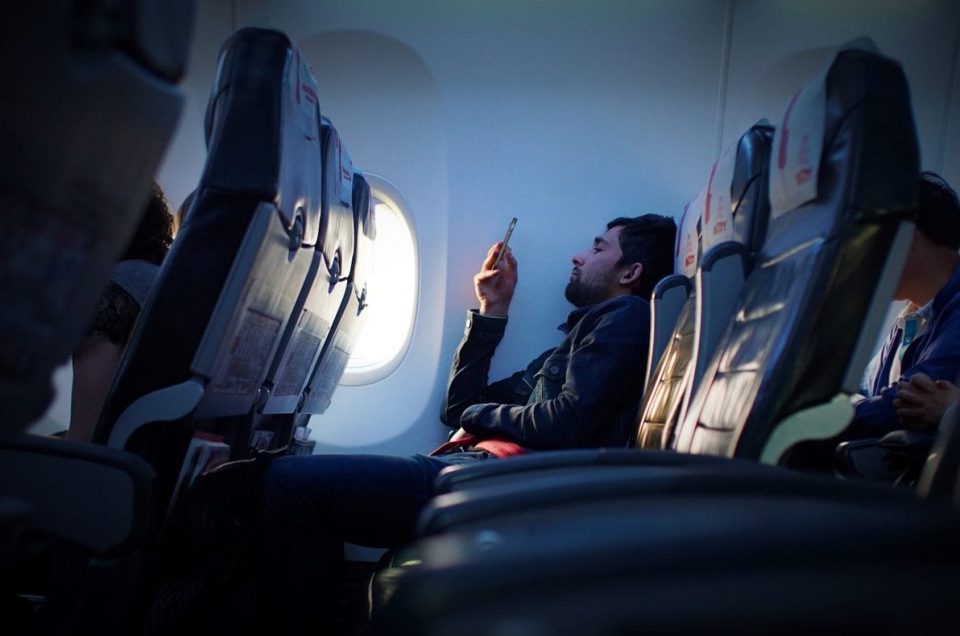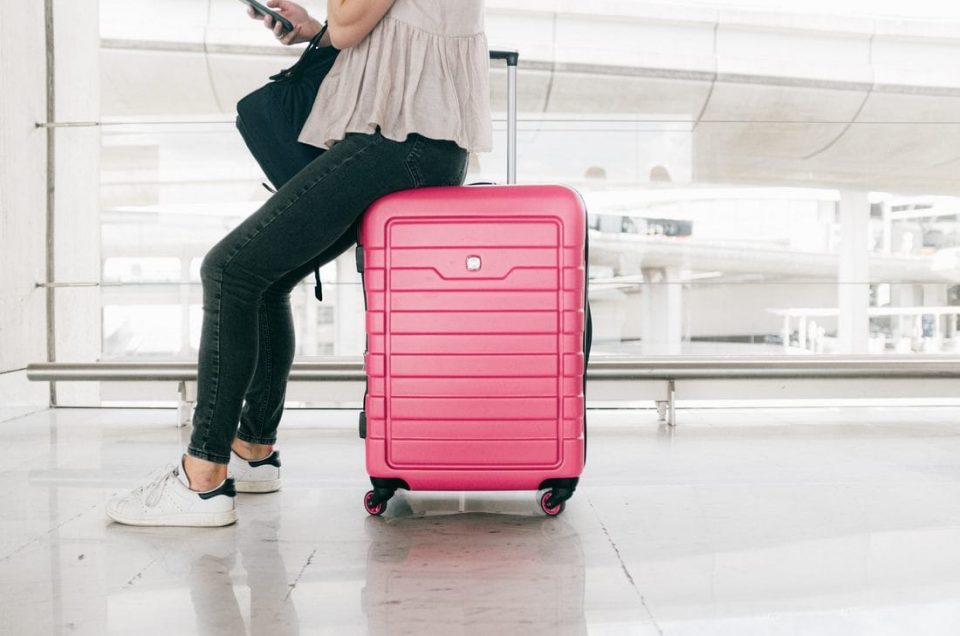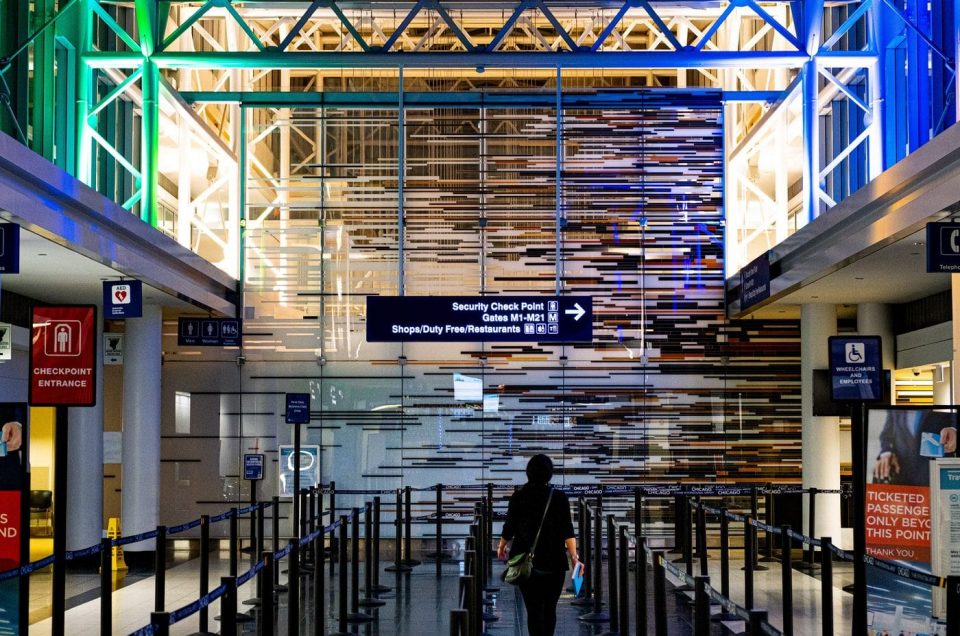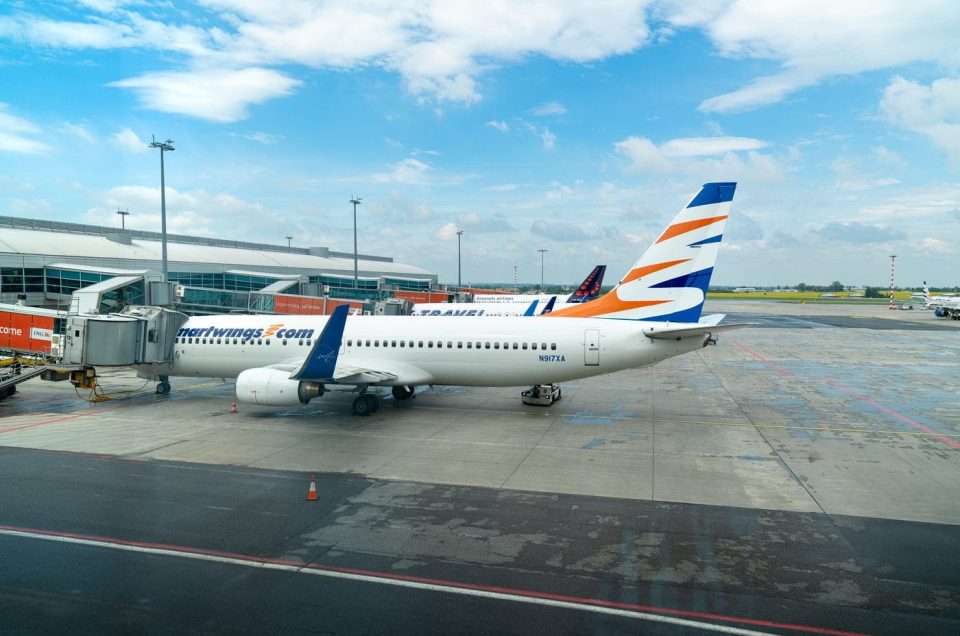With constantly evolving security rules in airports and differing rules from one country to the next, it can be difficult to know what you can and can’t take on the plane with you. If you’re travelling for a long period of time or are working while you travel, then you’ll likely need to take a selection of electronics with you.
So, what are the rules when it comes to flying with electronics? Which items can you pack in your carry-on and which should you check in with your suitcase? These rules may vary depending on where you’re flying to and from, but let’s look at some of the general guidelines to follow when flying with electronics.

What can you carry on a flight?
On most flights, you are still free to carry a wide variety of electronics that you might need to travel with. These include:
- Smartphones
- Laptops
- Tablets
- E-readers
- IPods
- Games Consoles
- Hair appliances, e.g. hairdryers, straighteners
- Electric razors
- Cameras
You can also still fly with e-cigarettes in your carry on, but you are prohibited from smoking them on the flight and until you get to a designated smoking area after landing.
When passing through security, you must remove all electronics from your bag and place them in the trays provided without stacking one on top of another.
Electronics size limits
The most recent laws for some airports and airlines state that electronics that exceed a certain size are not allowed in your carry on and must be placed in your hold luggage. The dimensions you need to know are 16cm x 9.3cm x 1.5cm.
This rule was introduced in 2017 and currently only applies to flights coming into the US or UK from certain Middle Eastern countries. These include Turkey, Lebanon, Jordan, Egypt, Tunisia, and Saudi Arabia.
Under these restrictions, larger items like laptops and tablets will not be allowed on the plane and must be checked in your hold luggage. Almost all smartphones are within these dimensions, however, and will still be allowed with you on the plane.

Using your electronics on board
Electronics like laptops, tablets, and smartphones may be used on board the flight except for during take-off and landing. They must be kept in airplane mode or flight mode throughout the duration of the flight. During take-off and landing, larger electronics must be packed away in your hand luggage. Some airlines even provide WiFi on board for passengers now.
Charge your electronics before the flight
Don’t get caught out by this rule. Always make sure that your electronic devices have plenty of charge before you fly. Security officers may ask you to switch on your devices to demonstrate that they are working as normal. If you cannot switch on your devices, then you may be refused entry to your flight.
Tip – Take a small portable battery with you in case you’re stuck in the airport for a long time and want to use your phone while you wait.
If you’re uncertain about anything you want to bring with you on a flight, then get in touch with your airline to check their policies and how they apply to you. And make sure you’re not stuck without WiFi when you land. Get TravelWifi before you fly to give you reliable and secure WiFi wherever you go.





